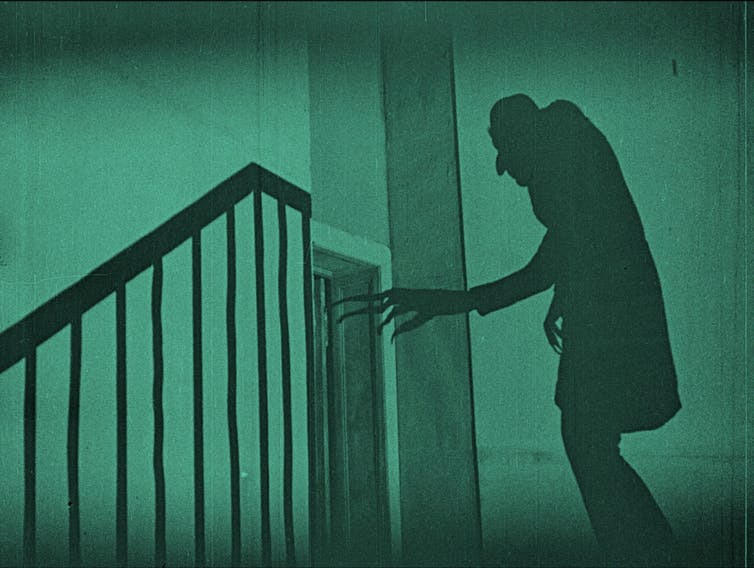In 1896 the Lumière brothers filmed Serpentine dance, film inspired by the choreography of Loïe Fuller, a show in which the dancer’s dress and her movement are the protagonists. On the screen, her body disappears before our eyes, hidden by the flutter of silk. An influential image from which a good number of versions in later years. Due to the importance of the costumes here, we could say that we are facing one of the first fashion films of history. But what are we talking about when we talk about fashion film?
In recent years we have seen how a term that was already common in Hollywood cinema back in 1930 was recovered. At this time those films that had the fashion world in the center of the action.
The new ones fashion films of the 21st century are born in the digital sphere, which favors brevity, and is characterized by a style where the form predominates over the content. In them the clothing has a leading role or, at least, is not subordinate to the plot. Common but not essential characteristics, all of them present in the Serpentine dance of the Lumière. What is hidden behind these fashion films it is a close relationship between two media that, as we see, goes back to the very origin of cinema. In this article we are going to analyze some possible causes and identify some affinities between the moving image and fashion.
Fashion and cinema as a show
Cinema was born linked to Magic and ghost shows. Fears, wishes and illusions are projected onto the screen. Jean-Luc Godard referred to Hollywood cinema as the art of cosmetics in which all means are made available to the star; a mythical creature, an image of perfection that only exists on screen. However, the construction of the image is not an exclusive matter of cinematographic fiction.
Each of us has something of an actor. We manipulate our appearance in the photos we take or with the clothes we choose every day. Temporarily we transform our body and its proportions, we cover or unveil it. Just as the cinema fragments it through closed planes, in the game of exhibition and modesty that fashion offers us we direct the looks foreign to different parts of our body.
Through fashion and cinema, the body is dissected visually and symbolically, turning the subject into an image and an object of desire. Due to the need to have the presence of bodies in these two media there is a strong link between both with eroticism.
Specters of fashion and cinema
This game of concealment that is established between the body and the gaze for seduction is also used for terror. By its nature, cinema has always had something supernatural. The image of the actors survives even after their death. The screen becomes a ghostly space, outside of time, where the actors will continue talking, laughing, dancing or crying. The cinema allows us to invoke the dead.

Lorber Cinema
These ghosts invite us to reflect on the contradictions that our Platonic culture projects onto bodies. Containers where the earthly and the heavenly are enclosed, the living and the dead, the fleeting and the eternal.
Although it may seem like an outdated problem, the conflictive relationship we have with our body has not been left behind. Thanks to medical advances and scientists, its modification is more and more radical and perfected. Bodies that seem unnecessary in cyberspace and the metaverse, new paradises of eternal life.
Vanity of vanities
While this is happening, fashion takes part in the conflict. Walter Benjamin speaks in his Work of the Passages of an inorganic merchandise, a second skin that hides our decadence, an attempt to defeat or transcend death. This would be one of the reasons why, according to Benjamin, garments often imitate nature with the use of leather, feathers or flores.
The history of art is full of paintings that remind us of the transience of life through the ephemeral beauty of a flower or a young woman. Now, fashion seems to have replaced nature as vanitas. Like the movie star, the fashion show often seduces us with an illusion of perfection. However, we cannot forget that the possibilities of change and metamorphosis that fashion allows do not only concern the exterior.
Images in dialogue
In our training as political animals We learn to interpret signs that throughout history have been loaded with meaning. Signs that in this case take the form of clothing objects. In the same way that cinema images are linked through the technique of mountingThanks to the relationships we establish between fashion objects, we construct a discourse about our own bodies. We could say that our identity in relation to the group is made up every morning and breaks down at night.
On Philosophy and the Mirror of Nature Richard Rorty reflects on the need that man has had to think of a mind, even a soul, given the difficulty in understanding his body. As we have seen, both cinema and fashion are situated on that illusory border that separates the sensible from the supersensible. These media unfold before us ideal tools for reflection on one of the great concerns of human beings, their difficulty in accepting an irremediable destiny.
It is not surprising that in these 125 years since the filming of the Serpentine dance from the Lumière family, cinema has shown a particular affinity with fashion. Together they are offered to us as spaces for meeting, dialogue and understanding with our ghosts, as well as with other bodies.
Ana Pérez Valdes, PhD student in Creation and Research in Contemporary Art, University of Vigo
This article was originally published on The Conversation. read the original.
Reference-www.eleconomista.com.mx